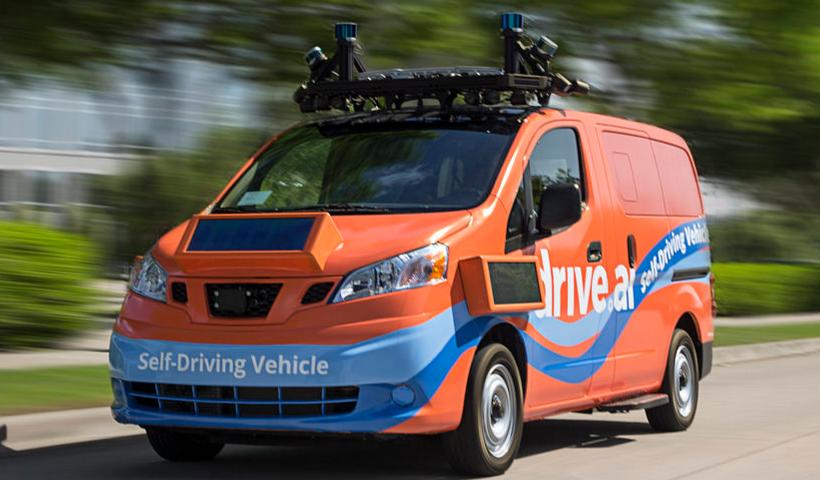
Drive.ai to test autonomous car in Texas
Drive.ai’s coming expansion of its self-driving car pilot to Arlington, Texas, isn’t its first driverless foray, but the testing, taking place between Dallas and Fort Worth, will validate its vehicles’ ability to handle a crowded entertainment district and process all the data that comes with it.
After launching its maiden pilot in nearby Frisco in July, Drive.ai said it would extend its ride-hailing trial to the south, with three autonomous vans offering free rides to Arlington residents and visitors for one year, starting 19 October.
The vans, which use Nvidia’s compute technology, will operate within a geo-fenced area, travelling up to 35 miles per hour with human supervisors on board for the initial phase.
The service will focus on residents’ daily short-term trips, as well as ferry those attending events at AT&T Stadium, Global Life Park and other venues to and from faraway car parks.
“This forward-thinking, bustling city has unique transportation needs, and we plan to provide a last-mile transit solution within a vibrant entertainment district,” said Conway Chen, vice president of business strategy at Drive.ai, in a statement. “Together with the city, we aim to reshape the way people experience transportation in Arlington, Texas.”
Drive.ai vehicles shout for pedestrian attention with a bright orange paint job and light-up signs. The colourful look helps the vehicle communicate its intentions with pedestrians and other vehicles when there’s no driver at the wheel, ensuring safe operation in high-traffic areas.
Frisco residents have already embraced the autonomous test vehicles that rolled into town earlier this summer. In their first five days, they carried more than 150 people in over 100 trips, and have since carried out hundreds of journeys.
These services help consumers learn about autonomous driving, offering a sneak peak into a self-driving future.
Drive.ai uses NVIDIA hardware on board its test vehicles, which has the ability to handle massive amounts of processing near instantaneously, while taking up little space and power within the vehicle.
